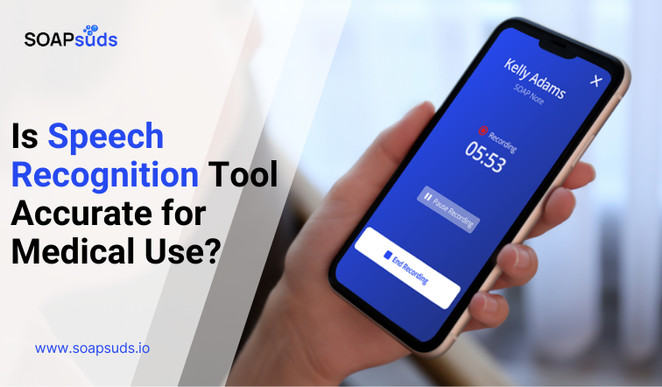AI Medical Scribes and Seamless EHR Integration in Healthcare
SOAPsuds team
Published: 3/18/2025
SOAPsuds team
Published: 3/18/2025

Cloud-based medical dictation alternatively known as medical transcription functions similarly to many other online services...

Documentation in home health care has long been one of the toughest parts of daily

The healthcare sector is witnessing a shift in medical documentation with the introduction of AI...

Every year, millions of older adults experience falls that can lead to severe injuries

AI medical scribes powered by generative AI have changed the way healthcare professionals handle...

As technology develops, the healthcare industry continually searches for ways to improve the precision...
Clinical Notes
SOAP notes
DAP notes
AI medical notes